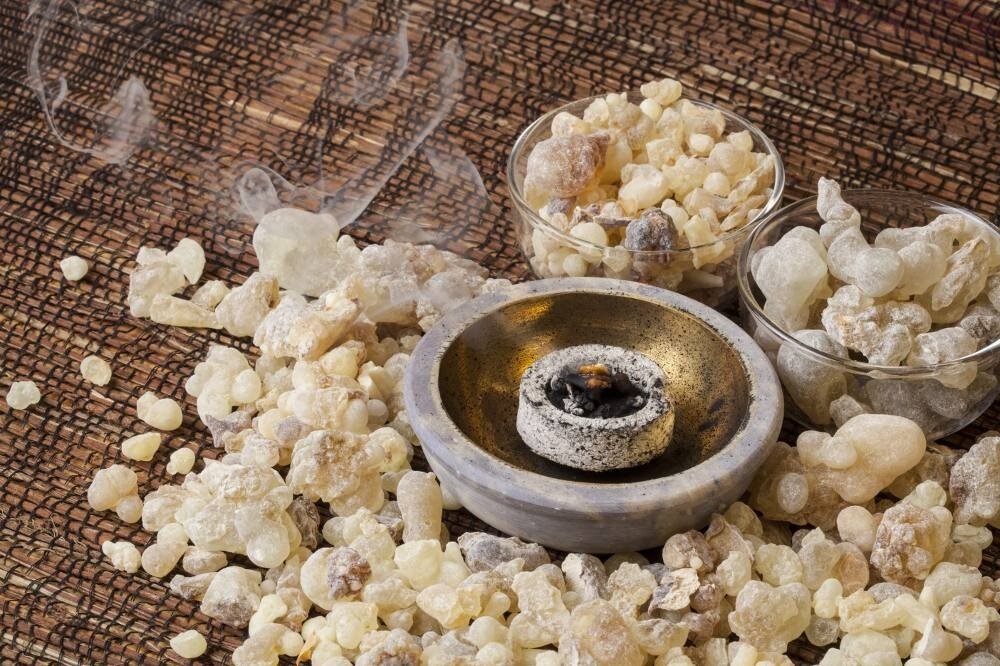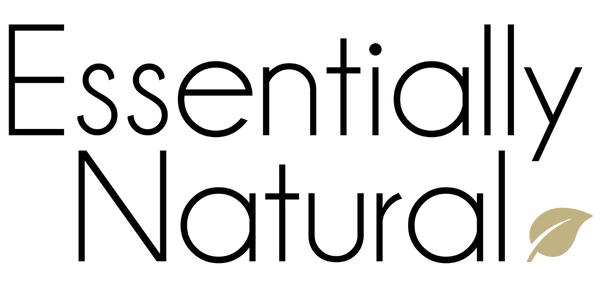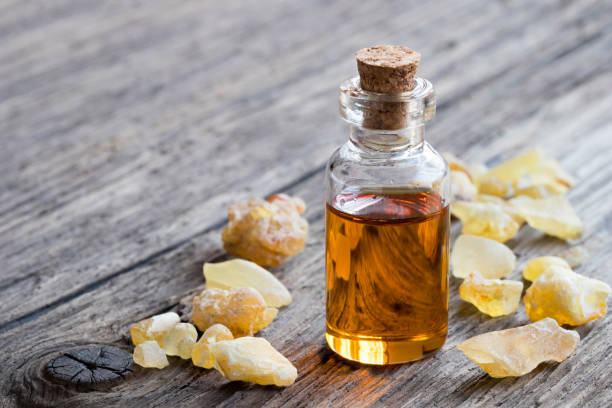Frankincense and Cancer - The Science and the Legends
A Precious Relic
Frankincense, also known as olibanum, is a resin from the tree of the Boswellia family, which grows in arid Middle Eastern and northern African climates. If an olibanum tree was well looked after, it could produce resin for centuries! The oil is pressed from the resin, although incense comes from the natural form. Both are prized.
Frankincense has been used in medicine, cosmetics and religious rituals for thousands of years. It has been found with the remains of many major civilisations including the ancient Egyptians, Chinese, Romans, and Anglo-Saxons. It is a powerful anti-inflammatory and antiseptic, is an anti-ager and has many beneficial qualities, both in the health and beauty fields. And in recent years, research has started to tell of the benefits of frankincense for fighting cancer. In this week’s blog, we unearth why frankincense has captivated mankind for millennia.


Frankincense is a natural coagulant, used to speed up wound healing, and acts as an overall immune booster and tonic. It can delay the onset of menopause, aids digestion, assists with respiratory issues and its astringent properties strengthen hair and teeth. It is famous for its beautifying and anti-aging properties and reduces the appearance of wrinkles, scars and stretch marks. Frankincense promotes healthy cell regeneration and keeps cells and tissues supple and healthy, internally and externally.
Frankincense is particularly calming when inhaled and is a wonderful stress reliever. The resin is burned as incense, and is prized for its peaceful and exotic scent. It has been used in religious ceremonies for hundreds of years and was considered holy and sanctifying. Frankincense was favored by royalty and the wealthy in ancient times and was given as gifts. We can see why it was considered so precious!

Petri Dish Science
The active ingredient in frankincense that has caused all the hubbub in the medical field in recent years is boswellic acid. The acid fights inflammation and infection and has been shown to target free radicals and cytokines, which are related to cancer. Some studies have even shown frankincense to directly attack cancer cells. Frankincense can kill breast cancer cells in a lab but has not been proven to kill cancer in a human yet. Acetyl-11-keto-beta-boswellic acid, AKBA for short, has been linked to studies on ovarian, breast and skin cancers. AKBA from the Boswellia certeri species has been shown to differentiate between healthy and cancer cells, and can suppress cancer cell viability. Similar results were seen from the Boswellia sacra species on breast cancer.
It is important to keep in mind that all the studies so far have been in vitro (ie. in a lab), none have been conducted on living people with cancer, and studies focused on the frankincense resin, rather than the essential oil, which does not contain the same properties and strengths. Nevertheless, the research is encouraging and hopefully more will be conducted.
Types of Frankincense
Boswellia Serrata is the oldest documented frankincense and may be the one referred to in Biblical texts. It is also known as Indian frankincense and is prized in Ayurvedic medicine. It is a powerful anti-inflammatory and antiseptic, and is commonly used in meditation.
Boswellia Carteri (Sacra) is probably the most well known frankincense. It has a smooth, intoxicating aroma, and is wonderful for aromertherapy and stress relief. It has many skin benefits and helps with respiratory problems. It is an immune supporter.
Uses
Cosmetics: Frankincense stimulates cell regeneration and is anti-aging.
Bath: A few drops in the bath can help boost your body's immunity, deeply nourish the skin and fight off symptoms of cold and flu.
Diffusing in the air, frankincense enhances the sense of focus and purpose and provides calm and release from stress and anxiety.
Used in massage oil, frankincense soothes mentally and physically, relieving inflammation and pain and healing the skin.
Frankincense Massage Oil for Pain Relief
1/4 c Jojoba oil
2 drops Peppermint essential oil
2 drops Lavender essential oil
2 drops Frankincense essential oil
Combine in a dark aromatherapy bottle and shake well. Massage into affected area.
Luxury Moisturising Frankincense Night Serum
20ml carrier oil (choose either Sweet Almond, Borage or Wheatgerm oil)
5 drops Frankincense essential oil
3 drops Neroli essential oil
2 drops Rose essential oil
Combine ingredients and store in a dark glass bottle. Apply to your face at night after showering.
Whether or not frankincense is a reliable cancer fighter, it is still a powerful natural tonic to many other ailments and should be part of your daily beauty and skin regimen! Frankincense can be used diluted on the skin and on pressure points. Add a few drops to your bath for an exotic and healing soak, or add to your DIY lotions, hair or body treatments. The vapors can be inhaled and frankincense can even be ingested in very small amounts, but please consult your doctor first.
Disclaimer:
Essentially Natural is not a medical practice and we do not advise that Frankincense be used in place of conventional cancer treatments: please consult your medical care-giver. There are different views on the effectiveness of frankincense on cancer; our aim is to share information and provide a platform for dialogue.
Readings to compare views:
https://www.healthline.com/health/cancer/frankincense-and-cancer
https://draxe.com/frankincense-oil-cancer/
http://tisserandinstitute.org/frankincense-oil-and-cancer-in-perspective/
There is much information on the internet and we encourage you to do more research!



